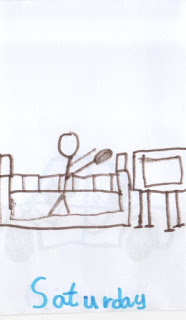- As a child I used to have great difficulty in remembering the meaning of new words in English and most of all their spelling. Back then our teachers made us copy endless lists of vocabulary over and over again, which was boring and many times ineffective. I don't underestimate the use of word lists, which I think are important for organising new knowledge and making it easy for children to look new words up. However nowadays teachers and parents have many tools to help children internalise vocabulary in a fun way.
- First of all we have to understand how people learn new words. We seem to understand and remember new words, when we encounter them in context. If there is one thing that linguists agree upon, is that words appearing in isolation are difficult to comprehend and remember. Another thing linguists consider important, is input and its quality and quantity. In other words we have to expose our learners to plentiful and meaningful input. Krashen for instance in his Input Hypothesis argues that we learn through interpreting messages, we acquire vocabulary unconsciously, while we are trying to understand. This is why I strongly believe that direct translation of new words doesn't help children remember them better.
- Another thing that we have to bear in mind is that there are stages in our vocabulary learning. Just because we saw a word, even in context and someone told us what it means and asked us to copy it a few times, doesn't mean that we are going to remember it and be able to use it. We have to be exposed several times to a word in order to begin to recognise it at first without remembering the meaning. Gradually, we then begin to recognise it and understand its usage within contexts, without being able to properly reproduce it. Using new words properly is the final stage of our learning process. Just because we might know a word that doesn't mean we can also use it. (See Chomsky's theory on linguistic competence and performance.) We teachers are sometimes so eager to verify that what we taught was learnt, that we sometimes forget to allow our students the necessary time to process new words. As Barcroft (2004) maintains there are five major principles in vocabulary acquisition: Firstly, we have to expose our learners to new words frequently and repeatedly. Secondly, we have to present new words in a meaningful way. The third principle he outlines is the most neglected. He argues that there shouldn't be any forced output in the beginning stages of learning new words. Fourthly, we have to limit forced semantic elaboration of the new input and finally there should be a progress from less difficult to more difficult vocabulary.
- So the difficult question is how do we incorporate all this in our teaching of new words?
To begin with, we have to be patient with our students, and give them the time they need to process new information.
Expose your students to as much authentic language as you can. Sometimes parents ask me how this is made possible in everyday life and my answer is always the same: Give your children books to read. Reading is the best source of new language, given in an authentic way that means something to our students. Use books in your lessons, make a class library for your students, provide audio books that they can listen to while reading the book, make lap books for their favourite books, ask them to present books in class, or organise a reading marathon. The possibilities are endless.
Music is a great teacher. Use songs in your classroom, either as background or to introduce and practise new language. In my first year as a teacher I came across a jazz compilation CD in a newspaper that I have been using in class ever since. We call it the Thought CD. The moment the music is on the children know that it is practice time. They know they have to use their quiet voices and they get down to work. I was amazed this year when I saw some of my fourth graders working away while whispering Nina Simone's Feeling Good. Another fun way to use music is through Music Journals.
Nowadays there are hundreds of websites and applications that we can use to teach vocabulary. Some of them require time and money that we might not have in class, but our students can use them at home with parental consent. In class we can use them to present new vocabulary, revise or just have fun.
a. Tagxedo
A word cloud generator. I simply love it. Use it in class to present new words or ask your students in groups to each make a word cloud. We have to teach vocabulary in thematic units so this is perfect for grouping vocabulary. Ask the students to brainstorm all the words they know in a thematic unit, then to make a word cloud using the words they came up with. Excellent way to decorate your class, too.
 |
JOBS
word cloud |
Amazing vocabulary site. As a teacher you can create word lists for your students, each student is given a password through which they can access the lists. Children hear and write the new words. As a parent you can use this for re- enforcement.
The road to reading. Literactive is a FREE interactive online programme for beginner readers that I advise my students to use at home. It is easy to use, you just have to register, and the children love it. It offers letter recognition games and activities, as well as nursery rhymes in 5 difficulty levels, poems and spelling games. I have found Literactive useful and effective.
ORGANISATION
Organising new knowledge is one of the most challenging and difficult tasks for students. We ,both parents and teachers, have to help our children develop an autonomous way of organising, mapping and storing new words. Once again Study Skills are in the centre of this process.
a. Provide students with a simple, comprehensible way to store their new words. With younger students this can be a word- picture dictionary, or Word Class Books. Make sure you are consistent. Choose one chore method of storing new words and studying them, so the students start developing confidence, method in their work and autonomy form an early age. I find it very important to aim at picture-word association and NOT direct translation of the word. At this stage we should focus on visual and auditory recognition of words and NOT correct production.
 |
| Word-picture dictionary |
 |
| Class Book: What is Blue? |
b.Apart from the chore method you can play around with activities for reinforcement. For example you can use Mind Maps:
c. Word Walls are also a great way to revise new words. You just need visiting cards that are cheap and easy to find. Ask the children to write the English word on one side and put the words up somewhere they can see them at all times. When revision time comes take them down and play games with them. You can play Memory, Green word - Red word or Pantomime.
d. Vocabulary Journals can be time consuming but worth the while. I have been keeping a vocabulary journal for the books I read since I was in primary school. It helps children memorise and retain information and gives them a sense of progress and accomplishment.
These are only a sample of what we can do to help our children and students retain information. All we need is imagination and will to help them in their difficult task. The sites and applications that I presented above are a few from a long list on the Internet. I find them useful, but one may find others very similar online. The above mentions to specific sites are not advertisements, only examples.
You might also like:





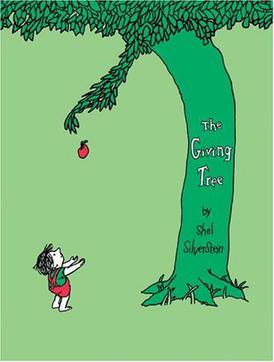
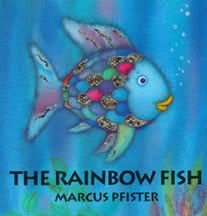
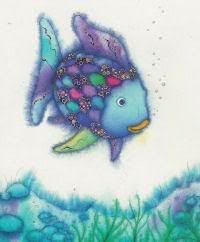
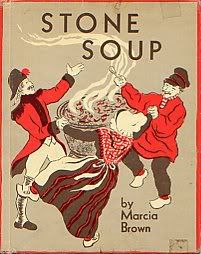 I
I










































